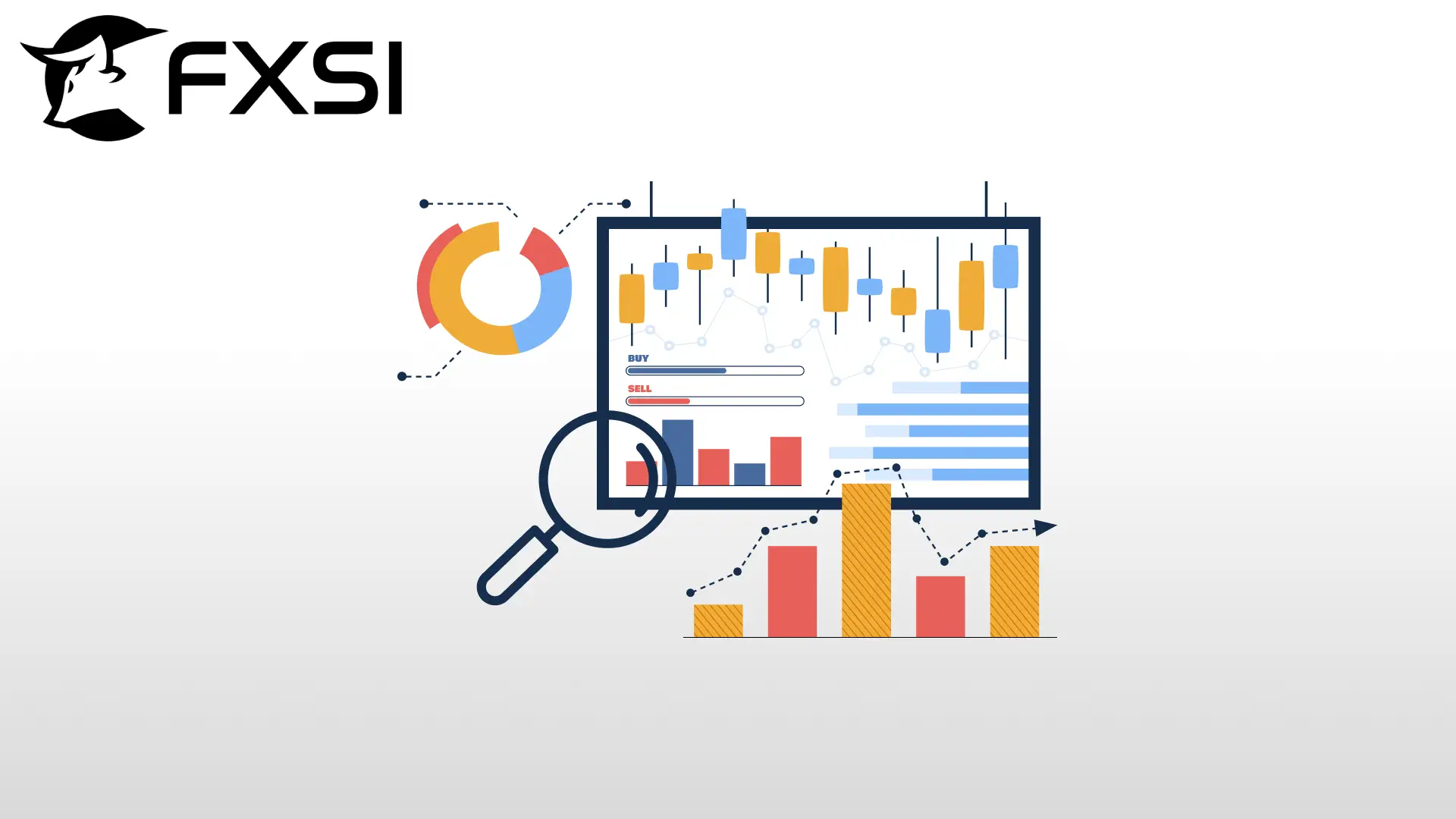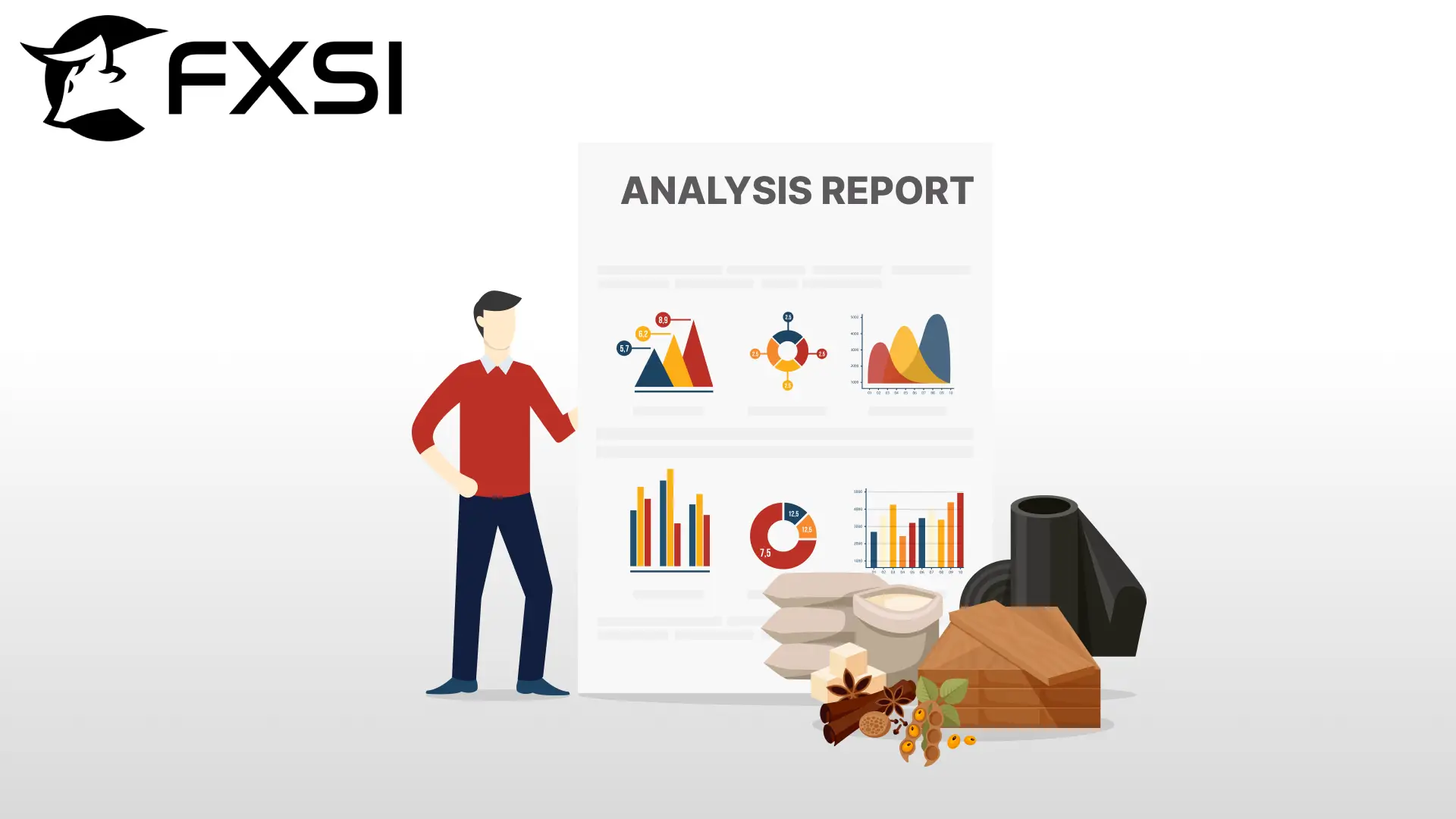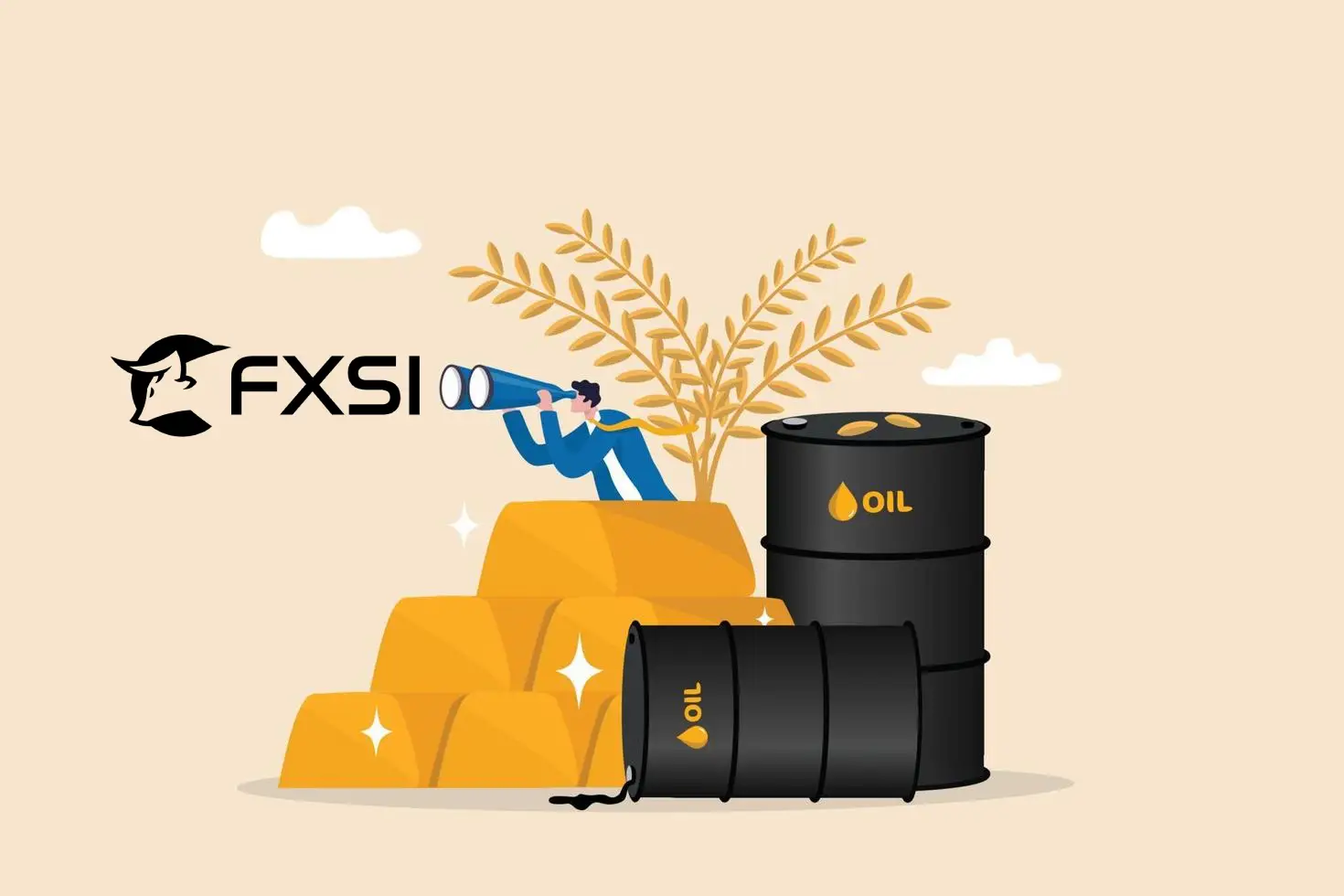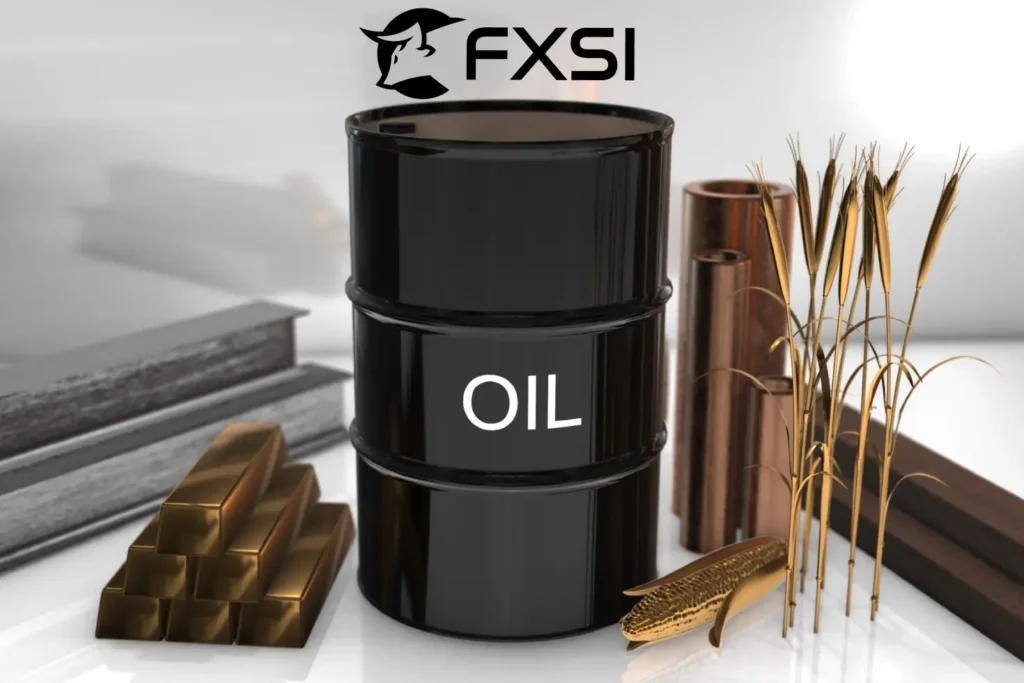Searching for an effortless way to implement options in commodity markets?
This guide can help you!’
Understanding the concepts of options trading is essential to any trader–both new and seasoned. This guide will break down the meaning of options trading and propose interesting methods to implement options in your trading strategy.
Let’s go!
Understanding Options in Commodity Markets!
Commodity options are contracts whose value is derived from commodity futures and not the actual commodity itself. They function just like stock options where a trader is provided with the opportunity to trade the asset without owning it, hence speculating its price or covering against adverse price changes.
To partake in trading options, traders purchase an option that enables them to enforce the contract. Premium is paid by buyers and received by sellers, who have the obligation to fulfill the contract when it is executed.
In line with commodity options, there are two categories:
- Call Options: It provides one the opportunity to purchase a commodity at a specified price.
- Put Options: It provides the ability to sell a commodity at a predetermined price.
American vs European Style Options
There are two types of options:
American Style Options: This type can be exercised anytime before its expiration.
European-style options: These can exclusively be exercised on the specified expiration date.
If traders understand these differences, they will be able to choose the right contracts that best suit their trading strategies.
Important Global Markets in Option Commodities Trading
Different markets across the world engage in the buying and selling of commodities. As a rule of thumb, these are the most active global commodity markets:
- Metals: Gold and silver, platinum, and copper.
- Energy: Crude oil, natural gas, and heating oil.
- Agricultural: Wheat, corn, soybeans, cotton, and coffee.
These commodities have notable persistence in modern capitalist economies hence, they draw the attention of traders because of their liquidity and volatility.
Note: Learn more about the different types of commodities!
Options in Commodity Trading: The Process
The trading options in commodities follow a clearly organized sequence of steps:
Choosing an option: Traders start by selecting one of the commodities, then the type of the contract, the month of expiration, and the strike price.
Premium Payment: The buyers pay the stated price of the option up front as a premium.
Tracking Movements: Traders track price movements and if it becomes favorable, they decide whether they will exercise or sell the option.
Exercise of Option: In the event that the trader earns value from market transactions, they can grant the option. If the market is stagnant or unfavorable, then the option gets expired with no exercise.
Key Factors of Commodity Options Prices
The pricing of commodity options is dependent on the following consideration factors:
Underlying Commodity Price: The option’s value is affected by the price of the underlying commodity as indicated on the contract.
Strike Price: The price selected by the option holder for the purchase or sale of the commodity.
Time to Expiration: An option that has a longer time until expiration has high premiums due to the increase in the possibility of uncertainty.
Market Volatility: Premiums tend to be greater during times of market uncertainties as the chances that price may shift greatly increase.
Interest Rates and Economic Factors: Inflation, rate of economic growth, and interest rates have varying effects on commodity prices and more often directly impact options prices.
Strategies for Commodity Options Trading
There are certain strategies that help traders get maximum return on their investments while managing costs:
Buying Calls and Puts
- Buying a Call Option: Used for expecting an increase in the price of the underlying commodity.
- Buying a Put Option: Used for expecting decrease in the price of the underlying asset.
Profit Taking Through Selling Options (Writing)
- Covered Call Writing: A position whereby a trader who owns an asset sells call options against the asset to earn premiums from the sale.
- Naked Option Writing: A more risky form of writing whereby the options are written or sold without possession of the underlying asset that is associated with the option being sold.
Spread Strategies
- Bull Call Spread: This is where traders initially buy a lower striking call and then sell a higher striking call to eliminate risk.
- Bear Put Spread: It involves taking a short position using two puts in order to maximize gains from depreciation in the market price of the asset.
Straddle and Strangle
- Straddle: To open a straddle position, a trader is obliged to place an order to buy a call and a put at the same strike price for the same expiry with a positive expectation.
- Strangle: It is the same as straddle only different from it as not having same strike prices, thus saving on premium outlay.
Risk Management in Commodity Options Trading
Effective and profitable options trading is reliant on risk management strategies.
Some of the most preferred include:
- Position Sizing: This technique attempts to limit the risk by using only part of the total capital to trade options.
- Stop Loss Orders: Automatic orders placed in advance at set levels to guarantee some profit or minimize losses.
- Hedging: Options position in commodities that protects them from an asset or liabilities adverse price movements.
- Diversification: This involves investing in different types of commodities to protect from loss.
Pros and Cons of Commodity Options Trading
Advantages:
- Limited Losses for Buyers: The worst a buyer can suffer from is to lose the premium paid.
- Leverage: Enables the trader to take up bigger positions from a low capital base.
- Versatility: Options can be used for speculation as well as to insure some risk or produce normal returns.
- Profits: Options allow traders to capitalize in highly uncertain markets and reap big returns.
Disadvantages:
- Cost of Premium: The premium to be paid on options is high, especially in markets characterized by heavy fluctuations.
- Time Decay: The closer an option is to expiration, the less valuable it becomes as long as it is not in the money.
- Complexity: Knowledge of models, methods, and risk control are necessary.
Best Practices for Commodity Options Traders
In order to find success in option trading, it is important to bear in mind the following suggestions:
Stay Informed:
Always pay attention to news about the market, economic trends, and events that may have a positive or negative impact on commodities.
Use Technical and Fundamental Analysis:
Study and examine price charts and the underlying supply and demand for sound decision-making.
Manage Emotions:
Refrain from making rash trades based on sudden changes within the market.
Practice with Simulated Trading:
Obtain knowledge and practice through demo accounts to prepare for real investment trading.
Review and Adapt Strategies:
Check performance from time to time to modify trading strategies according to the changing market.
Conclusion:
Now you know all about the options in commodity markets!
A trader can easily deal with the intricacies of trading in commodity options if they have proper planning, knowledge of risk control, and understanding of the market. Buying, selling, and even using more complex methods of performing tasks increases the earning potential of a trader and the level of participation in the market.





